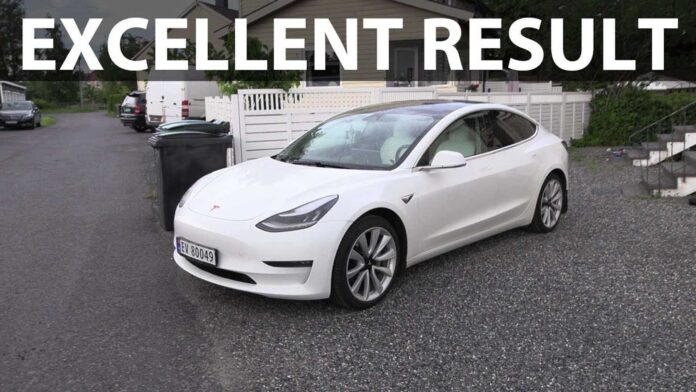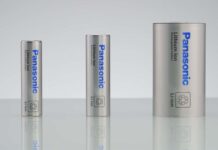[ad_1]

In one of the recent episodes, Bjørn Nyland had an opportunity to check the battery degradation of a 2019 Tesla Model 3 Long Range.
The car is 3 years old and covered 164,541 km (102,263 miles), which is quite a substantial distance. According to the Scan My Tesla app, it was mostly charged using the on-board charger:
- DC charging total: 11,379 kWh (30%)
- AC charging total: 27,093 kWh (70%)
- Total: 38,472 kWh
Bjørn Nyland estimated, using the numbers from the app, data from a test drive, as well as data about the Model 3 from previous tests, that this car has about 67 kWh of usable battery capacity, compared to 73 kWh when new (out of 80 kWh total).
It would mean that its battery capacity is at 91.8%, while the battery degradation is 8.2%.
If true, it would be a pretty good result. Bjørn Nyland’s previous Tesla Model 3 tests resulted in a similar capacity fade of around 8%, but at half the mileage and within about two years:
Bjørn Nyland suggests that one of the main factors behind the good result might be the relatively low percentage of DC fast charging, but it’s just a guess. Battery degradation depends on various things, including battery age, use (number of cycles/mileage), temperatures, chemistry, use (fast charging), time of storage at high state-of-charge and more.
2019 Tesla Model 3 Long Range battery degradation test summary:
- age: 3 years (since June 2019)
- mileage: roughly 164,541 km (102,263 miles)
- assumed battery capacity when new: 73 kWh usable and 80 kWh total
- est. usable battery capacity: 67 kWh
- est. battery capacity degradation: 8.2%
2.7% per year
0.5%/10,000 km (0.8%/10,000 miles)
1.7%/100 virtual full charging cycles - Virtual full charging cycles*: 471
[ad_2]
Source link















